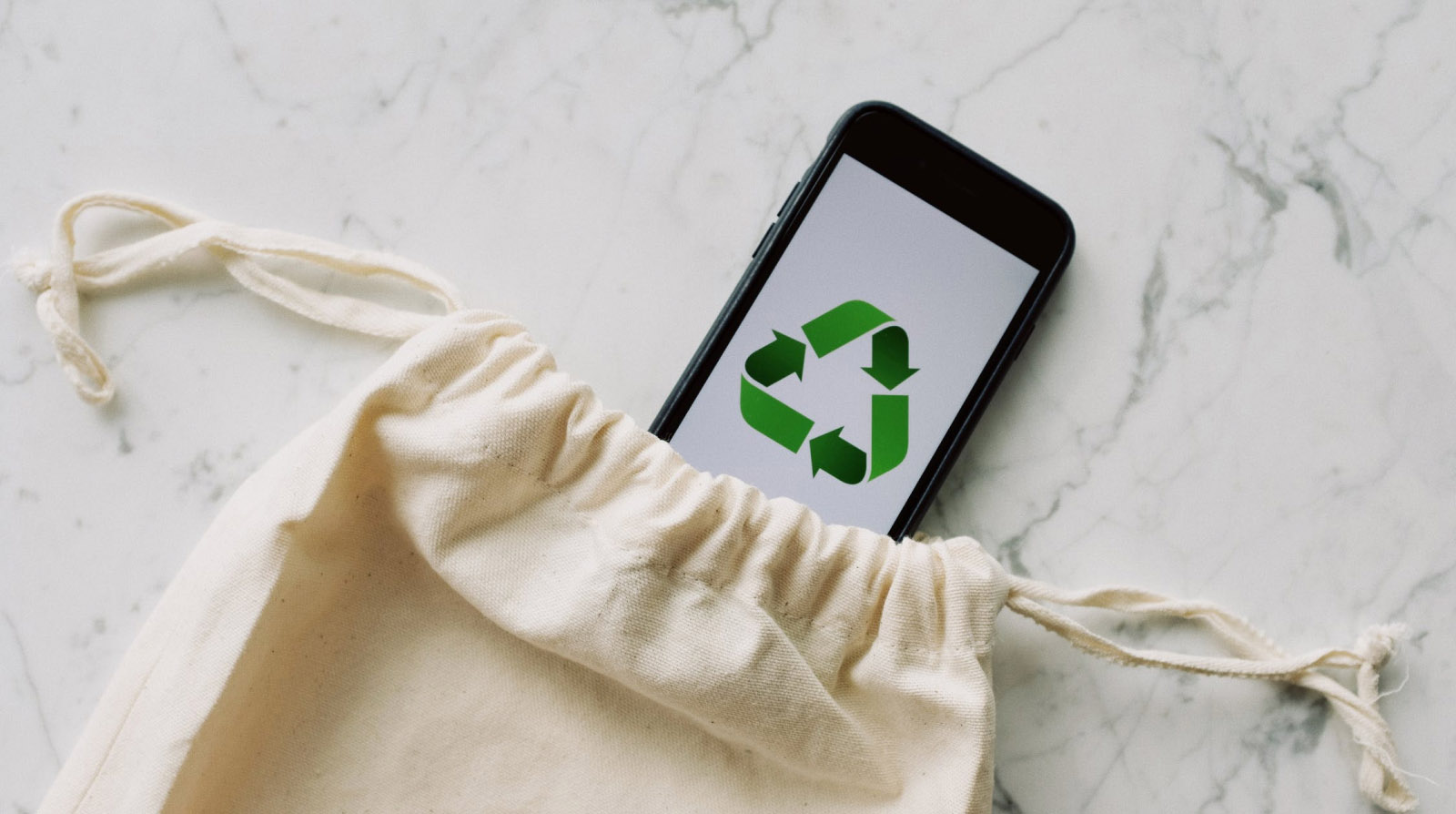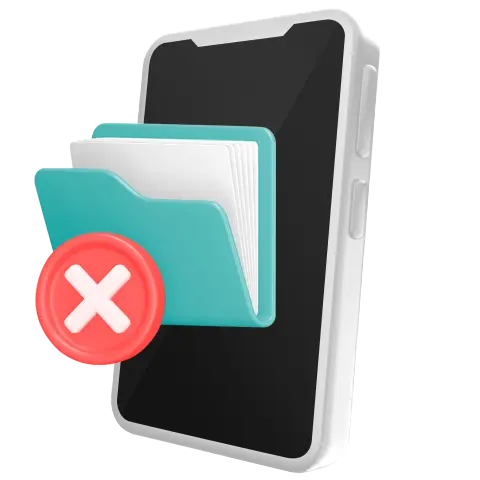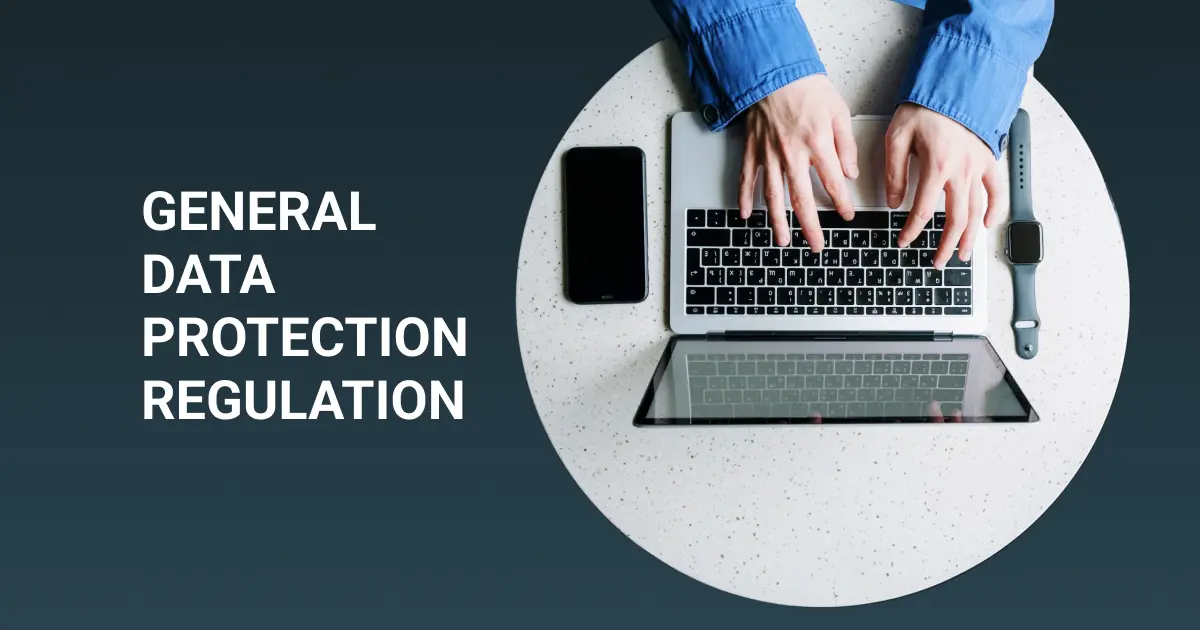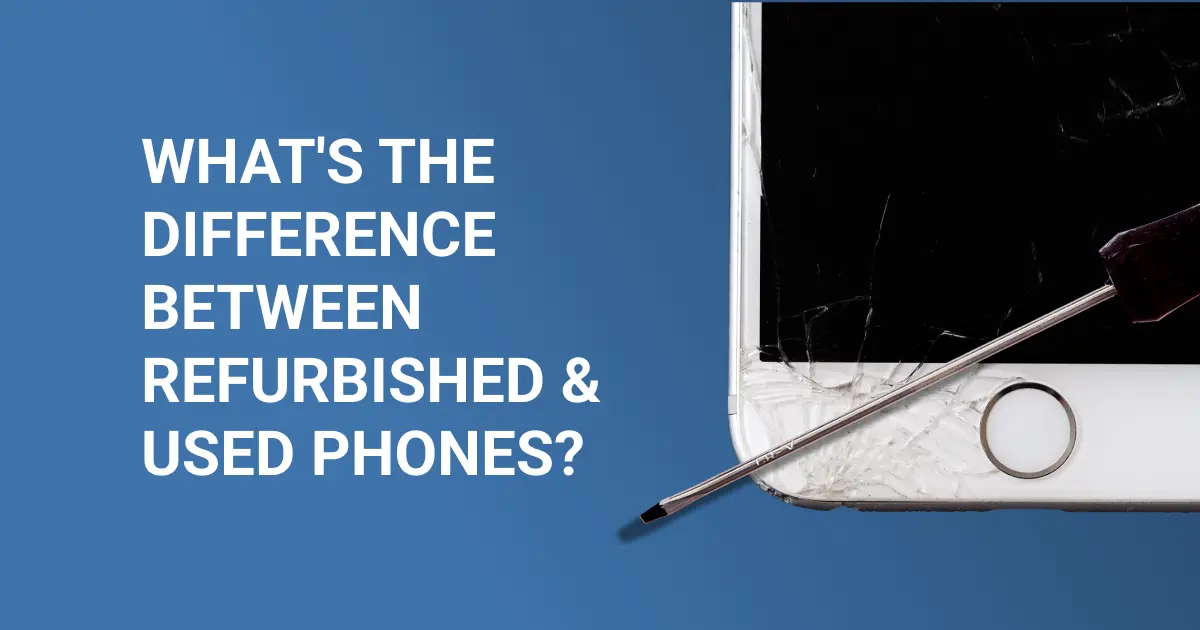Building a secure ecosystem of devices inside the organization might be difficult, especially nowadays when remote work is extremely common. One thing that could help is the Mobile Device Lifecycle Management (or MDLM). Today, we will explain the main principles of this approach, compare it to Mobile Device Management (or MDM), and dive into the importance of implementing the solution into your business.
What is Mobile Device Lifecycle Management?
Most jobs imply using work devices — smartphones, tablets, computers, etc. For an organization, that means not only buying the needed electronics but also maintaining them through their entire lifecycle. This conscious approach is called Mobile Device Lifecycle Management, or simply MDLM.
Mobile Device Lifecycle Management is an ecosystem of solutions that ensures that employees have all the needed mobile devices in the conditions acceptable for work. The structure of the device lifecycle management depends on the size, sector, and other features of the company. However, the functions that MDLM covers are usually the same:
- Choosing and purchasing new devices depending on the budget, characteristics, and needs of the company. The leading qualities of the electronics businesses buy usually include increased lifespan expectancy, affordable price of the device and its replacement parts, and ease of repairs.
- Adapting smartphone settings, performing device enrollment, and creating personal accounts. To start using the device, you must go through the long process of setting it correctly. The responsible employee should process it so the device works according to the company standards and the end user has all the needed access and accounts.
- Distributing the electronics to employees and explaining to them how to use it. All workers need to receive their mobile devices equipped with necessary accessories (such as chargers) and get assistance while integrating the smartphone into their workflow.
- Providing technical support and repairs. In case the device breaks or encounters any other problems, there should be a person responsible for fixing it or addressing the problem in any way. This significantly benefits device performance.
- Managing old devices at the end of their life cycles. "Device retirement" usually involves safe data erasure and recycling of electronic waste. Read more about this process in our article on R2 certification.
- Storing the devices that aren't used at the moment. The electronics must be kept in a safe space while not being operated by an employee.
What is Mobile Device Management?
Mobile Device Management (MDM) is a software solution that helps manage devices inside the organization. It optimizes the process of tracking electronics, setting and updating them, and maintaining cybersecurity.
How does MDM differ from MDLM?
However, the MDM system doesn't cover all the needs: it can't choose and buy mobile devices, create corporate accounts, explain to workers how to use the smartphone or recycle it at the end of the lifecycle. MDM is just a useful platform but not a complete solution.
All in all, MDM can be a part of the Mobile Device Lifecycle Management strategy. It is especially helpful for big companies that can afford automation costs.

What is the importance of MDLM?
The most obvious reason to implement Mobile Device Lifecycle Management into your workflow is data security. There might be confidential information about the company, business processes, clients, and suppliers on the corporate devices. Keeping all this data secure is one of the main goals of MDLM.
Moreover, deleting any personal information from the device before it is sold or recycled is crucial. To ensure no sensitive data is left on the device, use NSYS Data Erasure. It is an advanced software solution for safe, secure, certified data destruction from Android and iOS (iPhone and iPad) devices. It can erase the data from multiple devices simultaneously when processing a batch of pre-owned mobile phones.
The global remote work trend has created new challenges for managing corporate electronics. When devices are at different places, it's becoming more difficult to track and maintain them. That could lead to security risks, extra spending on repair services and delivery of electronics to the employee's place, incorrect or incomplete settings of the mobile devices due to doing it remotely, unsustainable practices, mistakes in device inventory, etc. However, implementation of the Mobile Device Lifecycle Management system can help. With this end-to-end approach, you will be able to manage electronics in the most cost-efficient way effectively.
What are the benefits of MDLM?
Apart from being a cybersecurity necessity, device lifecycle management can offer several benefits to your business. They are the following:
- Cost savings. The MDLM system allows you to plan spendings efficiently, making all costs more predictable. Moreover, the company can save money and avoid overpriced purchases by buying devices in advance and choosing the best deal.
- Device condition transparency. With the device lifecycle management strategy, you can easily track the devices inside the company, check their condition regularly, perform software updates, provide overall device security, etc. This significantly benefits the process and ensures all devices are used and maintained responsibly.
- Easy implementation of sustainable practices. Adopting responsible methods into business routines requires a systematic approach. MDLM can become a part of your company's journey: as a part of it, you can plan responsible e-waste management, device lifecycle extension, and other practices.
- Compliance with government regulations. Maintaining company devices makes it easier to achieve data protection norms and information security inside the organization.

Conclusion
To conclude, Mobile Device Lifecycle Management (MDLM) is the systematic approach to maintaining corporate devices at all stages of their lifecycle. It offers the organization many economic, reputational, and strategic benefits.
As a part of MDLM, Mobile Device Management (MDM) can be implemented. That software solution allows optimizing processes such as tracking electronics, setting and updating them, and maintaining cybersecurity.
The crucial point of device lifecycle management is secure data destruction that protects the company from data breaches. To safely delete information from the devices, use NSYS Data Erasure software that is certified by ADISA and compliant with EU regulations on data protection and privacy.








